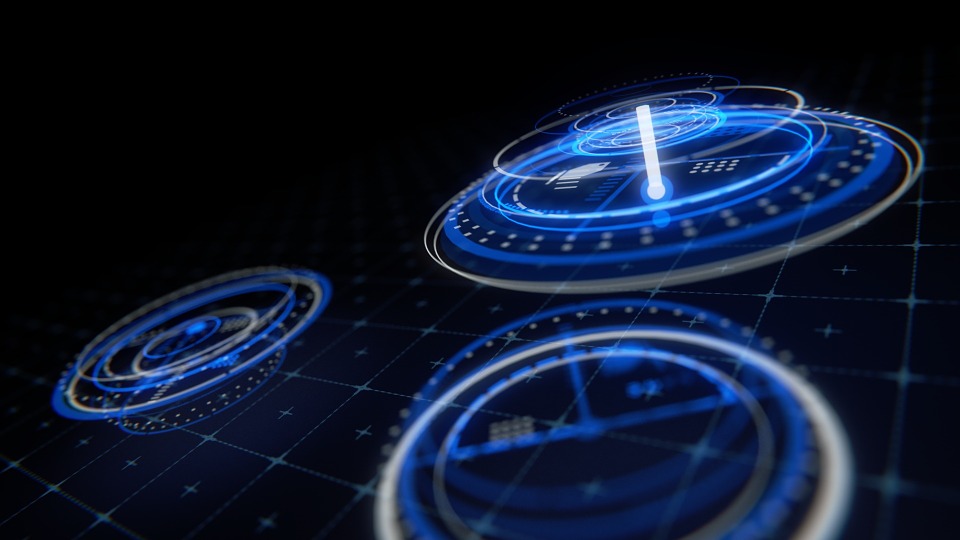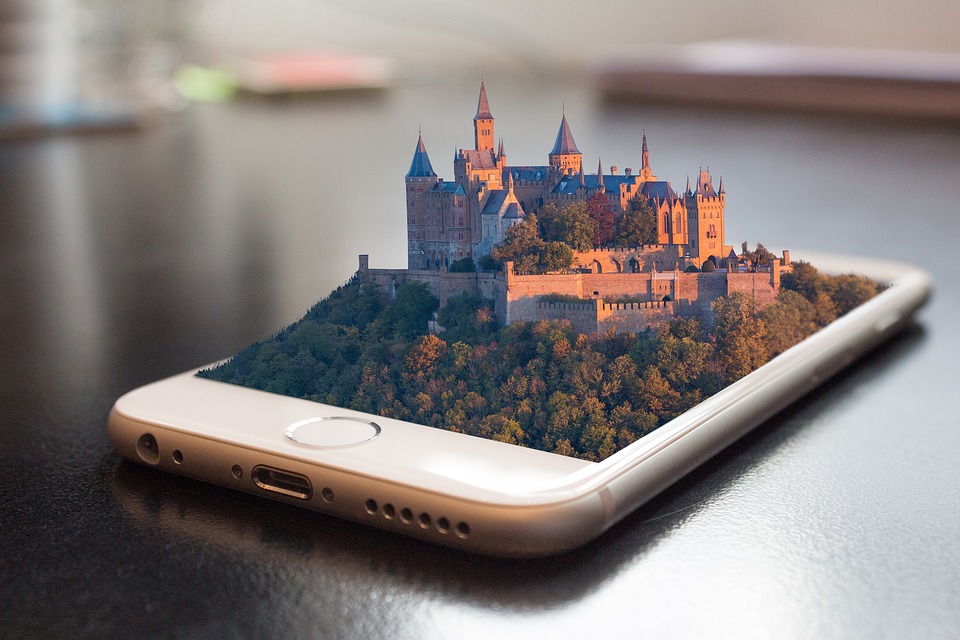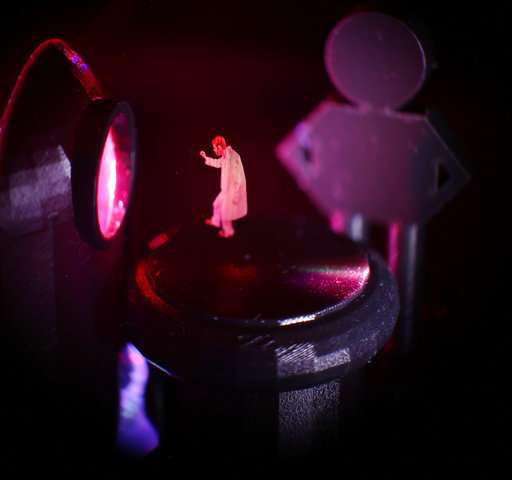
Holographic technologies such as this could soon be in the hands of the public in devices such as smartphones. Courtesy of pixabay.com.
People who are fans of superhero movies will remember that iconic scene in Iron Man where Tony Stark is in his workshop moving around all of the holograms. Even more iconic is that scene in A New Hope when the hologram of Leia appears out of R2-D2 in Star Wars asking Obi-Wan Kenobi for help, famously saying, “help me Obi Wan Kenobi, you’re my only hope.”
The Possible Future of 3D Displays
Developments in devices such as lasers have allowed for holograms to become more widespread. With the recent push for augmented reality and the recent big boom for 3D displays, this technology may no longer be limited to the movie screen. This is especially likely since Apple recently secured a series of patents for Futuristic 3D Imaging and Display System Technologies. Soon enough, 3D holographic technology will become a part of everyday life.

With 3D display technologies such as this people will have new ways of viewing images and controlling their devices. This is an illustration of what a 3D hologram projected from a smartphone could look like. Courtesy of pixabay.com.
Work By Apple
Overview of the work than by Apple on 3D Holography
The first large widespread indication of this 3D holographic technology goes back to a patent Apple filed in 2011. The technology will allow users to generate an invisible space to move images or project them onto a screen. This will have various applications ranging from 3D gaming, to business, to medical imaging. One of the more recent works by Apple with 3D display technology and holograms exists with their Quantum Dot Display.
Quantum Dot Display
Work on the Quantum Dot Display began when one of Apples’ patents first surfaced in 2014. This includes the “Hybrid Quantum Dot” display and the more recently filed patent back in October 2018 referred to as “Displays with Collimated Light Sources and Quantum Dots”.
In the case of Quantum Dot Display, a display device uses quantum dots or semiconductor nanocrystals that produce pure monochromatic red, green, and blue light. The quantum dots are several nanometers in size. They are so small that they differ from the more commonly known LED particles.
This offers applications in many commonly used products. According to a recent report on this patent filed by Apple, a successful completion of this product would allow users to have access to a powerful 3D display in future iPhone and iPad. With this, people could enjoy these immersive 3D experiences free of 3D glasses.
The technology works by illuminating the images from behind the display. As a result of this, the displays can exist under different lighting conditions. This creates a clearer image that is harder to obscure. According to the documentation Apple filed with the U.S. Patent office, this technology can exist in a number of devices. Some of these devices include laptops, computer monitors, tablets, cell phones, and smart watches. Apple also designed the technology to be as compact, efficient, compatible and versatile as possible.
Work in Holographic Technology Beyond Apple
However, Apple is far from the only group that is investing time and resources into holographic technology. In a recent article covered on the NBC news website, writer Tom MetCalfe covers the TeleHuman-2. The TeleHuman-2 allows people in different locations to appear before one another life size and in 3D.
The technology is being developed by a group of researchers at the Human Media Lab at Queen’s University. It makes use of “three stereoscopic cameras that record information about the physical shape of the person that is to be screened, taking live video of the front, back and sides of a human subject, transmitted as data over a network or internet connection, and then sent to the 6-foot-high cylindrical screen or telepod used to display the virtual human”
A link to the full article is given and can be found here.
Labs here in the U.S. are conducting similar research. One such example is the manipulation of tiny nearly unseen specks in the air by individuals such as Dan Smalley of Brigham Young University.

Holographic Display done by Dan Smalley and his team at Brigham Young University. Courtesy of phys.org.
Final Considerations
With all of these advancements in 3D display and holographic technology, one is left to wonder what are not only the most promising and the most likely to come out first, but what the most important applications are beyond entertainment and communication that one would expect from them. Like with any other device, those holographic technologies that are likely to make the first widespread public appearance are those that will be the most profitable. Considering reports such as those by Nasdaq that recently estimated that “by 2020 the market for genuine, display holograms will be worth $5.5 billion.”
Conclusions
Taking into account the wide variety of ways in which these technologies are currently used, including military mapping, information storage, metrology, fraud and security protection, medical imaging, and entertainment displays, it remains to be seen when and how these technologies will be as commonplace in the hands of the public as home computers and cell phones are. Nonetheless, one thing remains for sure. Technology involving 3D holograms is very much on the way.

Wow. The New World is upon us.